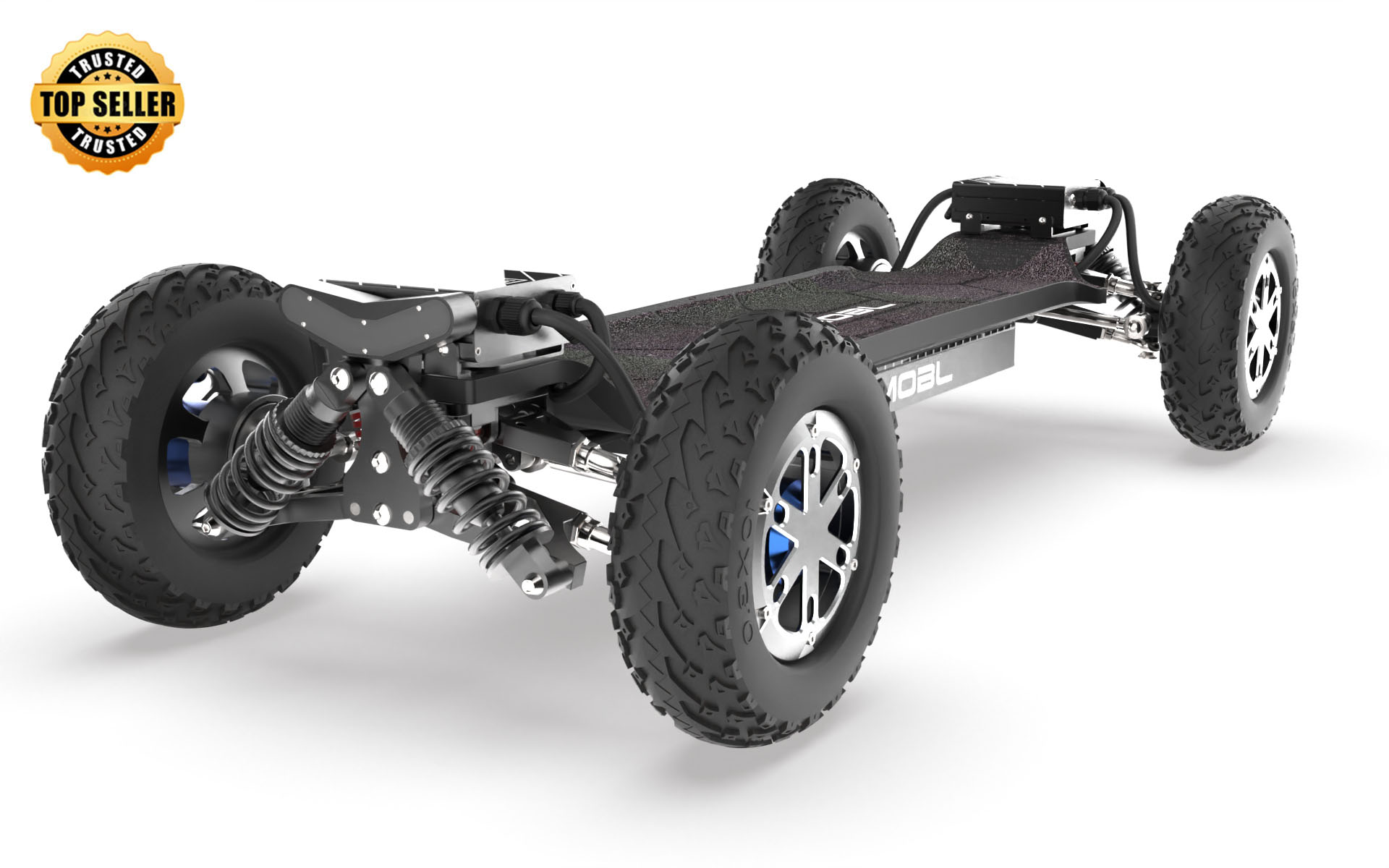Unleash the Thrill: Discover the Secrets Behind Skateboard Motors and Their Power!
As urban commuting evolves, so does the popularity of electric skateboards, often referred to as motor skateboards. These innovative rides are not just a means of transportation but also a thrilling experience for enthusiasts. Understanding the motors that power these skateboards is crucial for both enhancing performance and ensuring safety on the road. This article aims to explore the different types of motors used in skateboards, their functionalities, and how they contribute to the overall skateboarding experience.

Understanding Skateboard Motors
Skateboard motors are the driving force behind electric skateboards, converting electrical energy into mechanical energy to propel the rider forward. These motors operate on the principle of electromagnetic induction, where electric currents create magnetic fields that turn the motor's rotor. This basic mechanism allows for varying speeds and acceleration, making skateboarding an exhilarating activity. The integration of motors into skateboards has revolutionized the sport, allowing riders to cover longer distances with less effort, while also providing the thrill of high-speed rides.
Types of Motors Used in Skateboards
Electric skateboards typically utilize three main types of motors: brushed, brushless, and hub motors. Each motor type comes with its own set of advantages and disadvantages, which can significantly affect the performance and experience of riding. Brushed motors are known for their simplicity and low cost, making them a popular choice for budget-friendly models. However, they often require more maintenance and may not provide the best efficiency. Brushless motors, on the other hand, offer higher efficiency, better performance, and a longer lifespan, making them ideal for enthusiasts who prioritize speed and reliability. Lastly, hub motors are uniquely designed to fit within the wheels themselves, providing a sleek look and reducing the overall weight of the skateboard. However, they can sometimes compromise on torque and hill-climbing ability. Understanding these differences is key when selecting the right motor for your skateboard.
Brushed Motors
Brushed motors are characterized by their straightforward design, which includes brushes that make contact with a rotating commutator. This simplicity results in lower costs, making them an attractive option for entry-level electric skateboards. However, they are less efficient than their brushless counterparts and can produce more heat and wear over time. Riders may find that while brushed motors offer decent acceleration, they may not perform as well in terms of top speed or longevity.
Brushless Motors
Brushless motors eliminate the brushes found in traditional motors, using electronic controllers to switch the current between coils. This design results in improved efficiency, contributing to longer battery life and enhanced performance. Brushless motors are typically lighter and provide smoother acceleration, making them a favorite among serious riders. Their durability and low maintenance needs also make them a popular choice for those who ride frequently.
Hub Motors
Hub motors are integrated directly into the wheel hub, allowing for a compact design that reduces the overall weight of the skateboard. This integration not only enhances aesthetics but also minimizes the risk of damage to external components. While hub motors can provide a clean and efficient ride, they may lack the torque needed for steep hills, which can be a drawback for riders who frequently tackle inclines. Understanding the trade-offs of hub motors is essential for riders who prioritize performance in different terrains.
How Motor Type Affects Performance
The type of motor used in a skateboard has a significant impact on its performance characteristics. For instance, brushed motors may offer decent acceleration but often fall short in achieving high top speeds compared to brushless motors. Torque is another critical factor; it determines how quickly a skateboard can accelerate and how well it can handle steep inclines. Riders seeking to conquer hills should consider motors with higher torque ratings. Additionally, power ratings play an essential role in defining how much force the motor can generate. Knowing the specifications of each motor type can help riders make informed choices based on their riding style and intended use, whether for casual cruising or more aggressive riding.
Future Trends in Skateboard Motors
The future of skateboard motors looks promising as technology continues to evolve. Advancements in battery integration are expected to lead to lighter and more efficient power systems, allowing riders to enjoy longer ranges without sacrificing performance. Furthermore, the use of lightweight materials in motor construction could enhance portability while maintaining strength. Improved control systems, including regenerative braking and smart connectivity features, are also on the horizon, promising to deliver a more tailored riding experience. As these trends develop, riders can look forward to a new era of motor skateboards that combine power, efficiency, and user-friendly technology.
Choosing the Right Motor for Your Ride
In summary, understanding the different types of motors used in skateboards is vital for anyone looking to enhance their riding experience. From brushed to brushless and hub motors, each type offers unique benefits and limitations that can significantly impact performance. As you consider your options, it's essential to reflect on your riding preferences and needs. With the exciting potential of motor skateboards, choosing the right motor can open up a world of thrilling possibilities on your ride.














